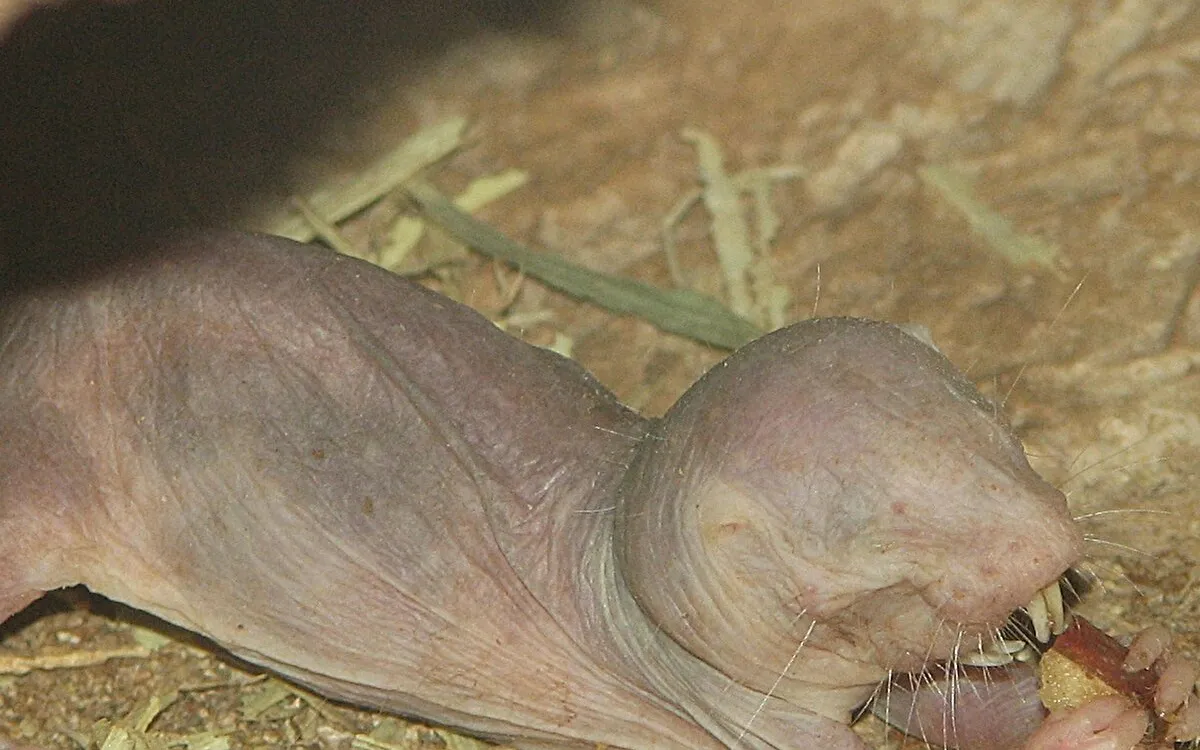
Naked mole-rats are among the most fascinating creatures in the animal kingdom. These remarkable burrowing rodents have an astonishing lifespan, living up to 37 years—approximately ten times longer than other rodents of similar size. This raises a compelling question: what is the secret behind their exceptional longevity? Recent research published in the journal Science reveals that a key factor in their longevity may lie in a unique adaptation of a common protein that enhances DNA repair.
Aging in all animals, including humans, is primarily driven by the accumulation of damaged DNA, which serves as our genetic instruction manual. When this damage remains unaddressed, it can result in defective cells, impaired proteins, and ultimately, a decline in the body's functionality. Understanding how naked mole-rats resist DNA damage is crucial for uncovering the mysteries of their longevity.
A groundbreaking study led by researchers at Tongji University in China focused on a protein known as cGAS (cyclic GMP-AMP synthase). In most mammals, this protein is known to interfere with DNA repair processes. However, the researchers hypothesized that in naked mole-rats, cGAS might have evolved a different function that aids in longevity.
The research team conducted a comparative analysis of the cGAS protein in naked mole-rats, humans, and mice. They identified four distinct changes in the amino acids that alter the protein's function, allowing it to enhance a cell's capacity to repair damaged DNA. This discovery is pivotal in understanding the molecular mechanisms behind the naked mole-rat's resilience to DNA damage.
To validate their hypothesis, the scientists introduced the unique cGAS from naked mole-rats into human and mouse cells in laboratory conditions. The results were striking: the cells exhibited a marked improvement in their ability to repair DNA and showed a reduction in signs of cellular aging. Further experiments involved engineering fruit flies to express naked mole-rat cGAS, resulting in a lifespan extension of approximately ten days compared to a control group lacking this protein.
The researchers took their investigation a step further by applying gene therapy to mice, allowing them to express naked mole-rat cGAS. The treated mice displayed noticeable health benefits, including reduced frailty, less gray hair, and fewer aged cells across various organs compared to those that did not receive the genetic modification. This alteration in cGAS appears to significantly enhance the genome's stability, counteract cellular senescence, and promote both extended lifespan and healthspan.
The findings from this research prompt intriguing possibilities regarding the enhancement of human longevity through similar genetic modifications. While the idea of using cGAS to increase lifespan in humans is enticing, the journey toward this goal is still in its infancy. For now, this study provides a new target for developing potential therapies aimed at treating age-related diseases.
In conclusion, the extraordinary longevity of naked mole-rats offers valuable insights into the biological mechanisms of aging. With ongoing research, we may uncover even more secrets that could one day help us enhance health and longevity in humans.